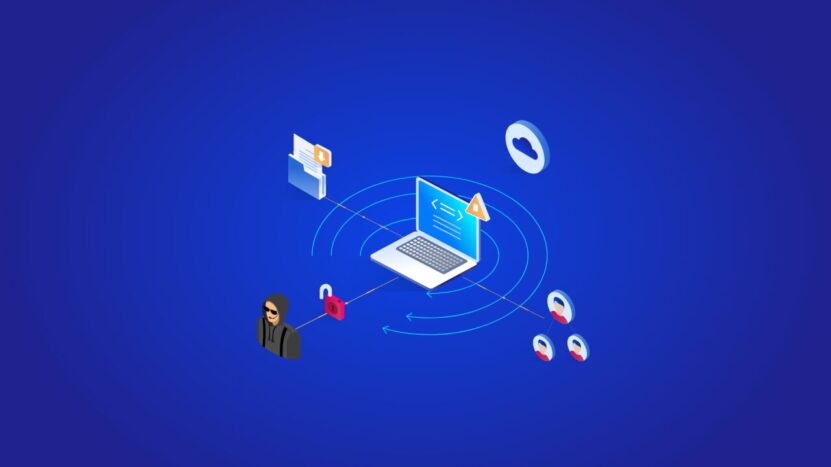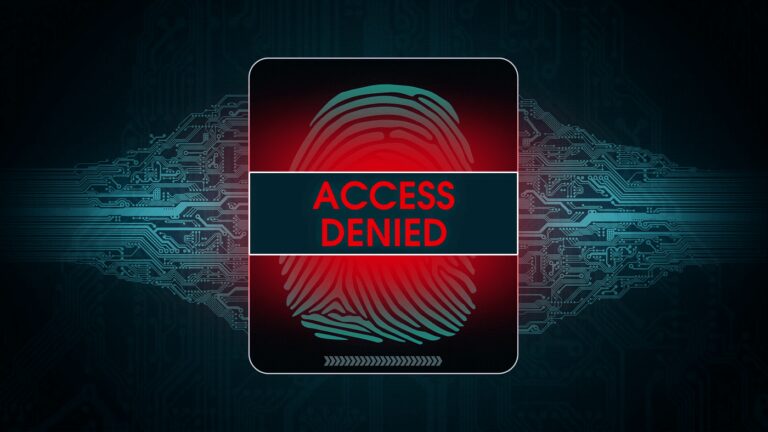JIT, short for Just-in-Time, represents a strategic approach in both manufacturing and access management. This concept revolves around reducing waste by receiving goods or granting entry only as needed. In the realm of access management, it translates to providing permissions to users or systems at the exact time they require them, not before or after.
The Value of Timeliness
The core benefit of this approach lies in its precision and efficiency. By granting access on an as-needed basis, organizations minimize the risk of unauthorized entry or data breaches. This method ensures that users have the entry they need to perform their tasks effectively, without the burden of excess privileges that could pose security risks.
Different Models in Play
In the context of entry management in JIT, several models exist. These range from role-based access, where permissions are tied to job functions, to more dynamic models that factor in real-time assessments of risk and context. Learn more at https://www.entitle.io/just-in-time-access.
Role-Based Access Control
This model assigns permissions based on an individual’s role within the organization. It’s effective in its simplicity but can sometimes grant broader entry than necessary.
Dynamic Access Control

This model is more flexible, adjusting permissions based on real-time assessments of a user’s needs and the current risk environment. This approach offers a more nuanced control, reducing the likelihood of excessive access.
Context-Aware Access
In this model, the system considers the context of an entry request. Factors like the user’s location, device security status, and time of access play a role in deciding whether to grant or deny access.
Implementation Challenges
Implementing a JIT entry model is not without its challenges. It requires a deep understanding of an organization’s workflow and the specific access needs of various roles. Additionally, it calls for advanced technology capable of making real-time decisions and monitoring access patterns for anomalies.
Striking the Right Balance
A key challenge in JIT entry is finding the right balance between security and usability. If the system is too restrictive, it can hinder productivity. Conversely, if it’s too lenient, it can expose the organization to security risks. Striking this balance is crucial for the effective implementation of a JIT access model.
Technological Infrastructure

Adopting a JIT approach to access management demands robust technological infrastructure. This includes advanced security systems capable of real-time monitoring and decision-making, as well as integration capabilities to work seamlessly with existing systems and workflows.
Evolving Security Risks and JIT Response
In an era where security threats are increasingly sophisticated, the need for adaptive entry models like JIT becomes more pronounced. These models are designed to respond swiftly to evolving threats, adjusting access permissions in real-time to counteract potential security breaches. This agility is crucial in a digital environment where threats can emerge rapidly and from unexpected quarters.
Integration with Identity Management Systems
Effective JIT entry relies heavily on seamless integration with identity management systems. These systems are responsible for identifying and authenticating users, a critical step in determining appropriate access levels. Advanced identity management solutions, integrated with JIT controls, ensure that entry decisions are based on reliable and up-to-date user identity information.
User Experience Considerations
While security is paramount, the user experience cannot be overlooked. A JIT system must be user-friendly, ensuring that legitimate access requests are processed quickly and efficiently. Delays or overly complex processes can lead to frustration and reduced productivity. Therefore, designing a system that is both secure and user-friendly is a critical aspect of JIT entry implementation.
Audit and Compliance Implications

JIT access systems also play a significant role in audit and compliance. By providing logs and histories, these systems offer clear insights into who accessed what data and when. This information is crucial for regulatory compliance and for conducting thorough security audits. The precision of JIT systems in tracking entry makes them invaluable tools for organizations needing to meet stringent regulatory requirements.
Tailoring JIT for Diverse Organizations
The versatility of JIT access is one of its strongest features. Different organizations, whether they are small businesses or large corporations, can tailor JIT systems to their specific needs. This customization is crucial because the entry requirements of a healthcare provider, for instance, are vastly different from those of a financial institution. The ability to adapt and configure JIT systems according to specific industry needs and regulatory demands makes it a universally applicable solution.
Enhancing Collaboration with JIT
In today’s collaborative work environments, where teams often span multiple locations and organizations, JIT access enables smoother collaboration. By granting timely entry to resources across different domains, JIT systems facilitate seamless collaboration without compromising on security. This aspect is particularly important in projects involving sensitive data where controlled access is paramount.
Advanced Analytics and Predictive Models
The future of JIT access lies in the integration of advanced analytics and predictive models. By analyzing patterns of entry and user behavior, these systems can predict and preemptively adjust access permissions to enhance security. This proactive approach represents the next frontier in entry management, where systems are not just responsive but anticipatory.
The Future of Access Management

As the digital landscape evolves, the importance of efficient and secure access management grows. JIT models offer a promising solution, balancing security needs with operational efficiency. As these models continue to evolve, they are likely to become an integral part of access management in organizations across various sectors.
Conclusion
JIT access is a sophisticated approach to managing permissions in an increasingly digital and security-conscious world. Its benefits in reducing unnecessary entry and enhancing security are clear.
However, successful implementation requires a careful balance of security, user experience, and integration with other systems. As technology continues to advance, JIT access models will undoubtedly become more refined, offering even more robust solutions to the challenges of entry management in the digital age.
Related Posts:
- How to Reset Xbox Controllers for Xbox One, Xbox…
- How To Fix Xbox HDMI Not Working - A Comprehensive…
- How to Do Mold Testing: Tips for a Comprehensive DIY…
- Is 9Cr18MoV Steel Good for Knives? A Comprehensive…
- Main Sources of Renewable Energy: A Comprehensive…
- How Is Olive Oil Made: A Comprehensive Guide with…







